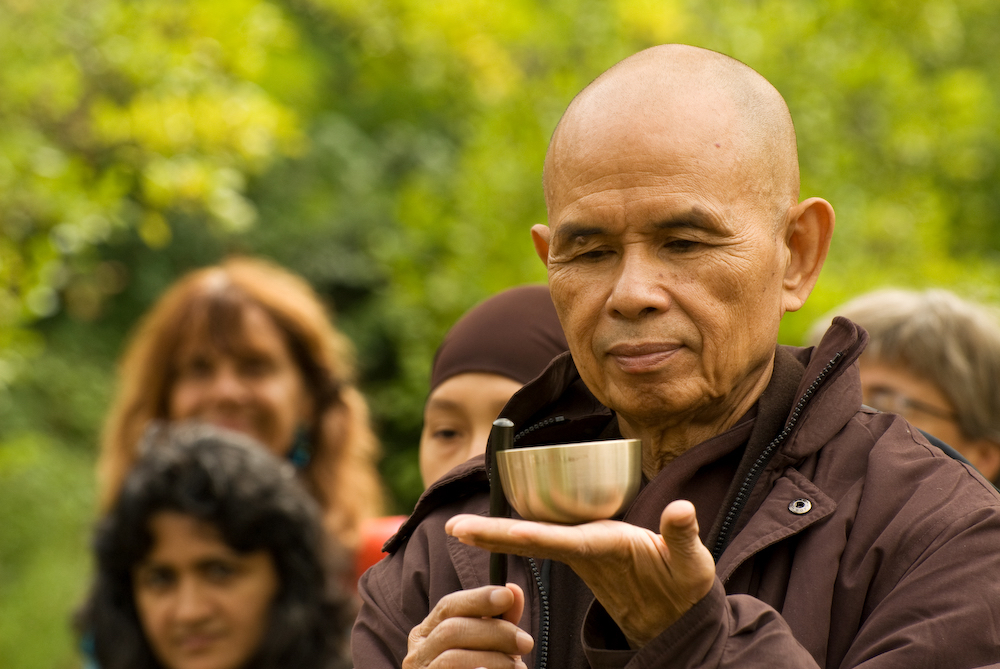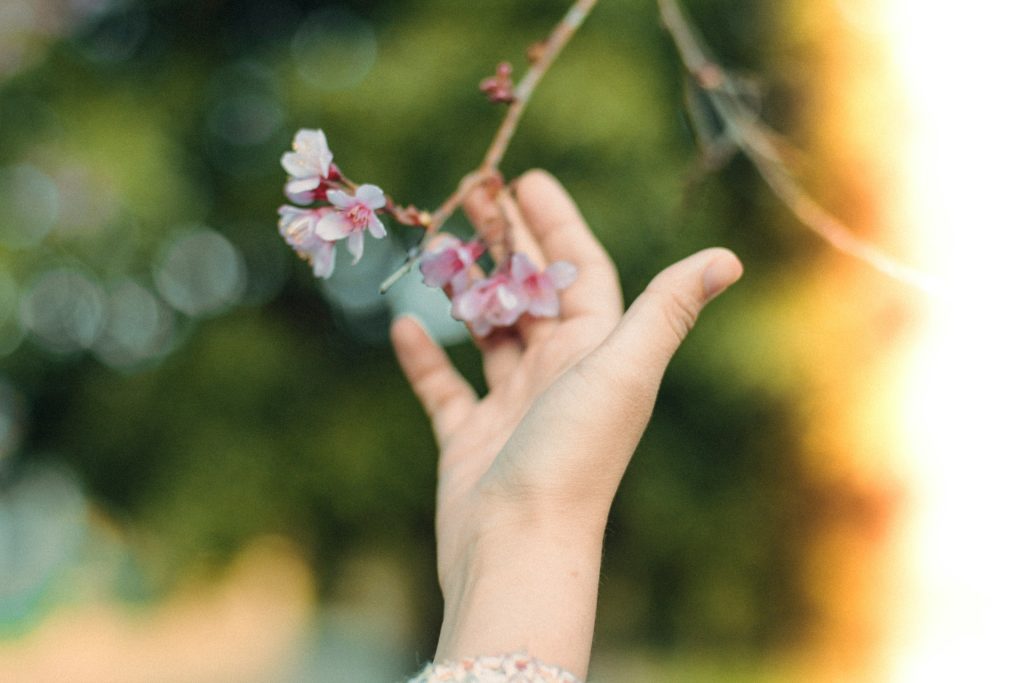Why Your Digital Diet Matters
In today’s world, we often hear about food diets. Low carb, plant based, keto, Mediterranean. But rarely do we stop and think about another form of diet that has just as much influence on our well being: our digital diet.
What you consume online, whether it is podcasts, YouTube videos, TikToks, news articles, or Instagram posts, shapes your thoughts, emotions, and even physical health. If your body becomes what you eat, then your mind becomes what you consume digitally.
During daily routines like commuting or cooking, I often tune into podcasts such as Huberman Lab by Dr. Andrew Huberman or the Rich Roll Podcast. These conversations expand my understanding of neuroscience, psychology, and human potential. On social media, instead of following random accounts, I intentionally follow leaders in self development and other areas that nourish my curiosity and growth.
This intentional curation is not accidental. It is deeply inspired by a teaching I came across years ago by Zen master Thich Nhat Hanh, who spoke about “The Four Nutriments.” He explained that just like our bodies depend on edible food, our minds and spirits rely on other types of food that can either nourish or poison us.
In this article, we will explore how Thich Nhat Hanh’s Four Nutriments apply to our digital age, and how curating your digital diet can transform your mental clarity, productivity, and overall sense of peace.

What is a Digital Diet?
A digital diet refers to the intentional selection of the information, media, and interactions you allow into your daily life. Just as a food diet influences your physical health, your digital diet influences your psychological and spiritual well being.
Think about it: scrolling through endless negative news or comparison fueled social media feeds can leave you anxious, distracted, and depleted. On the other hand, listening to a meaningful podcast, following inspiring leaders, or reading thoughtful articles can leave you informed, motivated, and calm.
Your digital diet is not just about reducing screen time. It is about choosing quality over quantity. It is about asking: Is this digital input nourishing me or draining me?
The Four Nutriments and the Digital World
Thich Nhat Hanh described The Four Nutriments as four types of food that sustain us:
-
Edible Food
-
Sense Impressions
-
Volition (willpower or intention)
-
Consciousness (individual and collective awareness)
While these ideas originated long before smartphones, they are surprisingly relevant to how we consume digital content today. Let us explore each one and see how it shapes our online lives.
1. Edible Food: What You Eat Shapes How You Scroll
Edible food is the most obvious nutriment. It is the food and drink we consume. Thich Nhat Hanh often reminded us to eat mindfully, to recognize the journey of food, and to choose what supports both our body and compassion for the planet.
But how does edible food connect to our digital diet?
When you eat poorly, your energy drops. You feel sluggish, irritable, and unfocused. In that state, you are more likely to fall into mindless scrolling, binge watching, or overconsuming empty digital calories. On the other hand, when you eat nourishing meals, your mind is sharper and more capable of making mindful choices online.
Practical Tip: Align your food diet with your digital diet. Create mindful rituals like drinking tea while reading a thoughtful article, or enjoying a nutritious breakfast while listening to an inspiring podcast. Treat both your physical and digital intake as nourishment.
2. Sense Impressions: The Screens You Feed Your Senses
Sense impressions are the sounds, sights, and images we consume. In the digital era, this translates directly into the content on your phone and computer.
Every scroll, click, or notification is a form of consumption. Just as unhealthy food can harm your body, toxic content can harm your mind. Violent movies, constant bad news, or shallow comparison based posts can trigger stress, anxiety, or dissatisfaction.
Conversely, uplifting stories, calming visuals, or podcasts that teach you something new can energize and inspire you.
Practical Tip: Audit your feeds. Ask: Does this account or channel make me feel calm, inspired, or educated? If not, unfollow or mute it. Replace it with voices and visuals that align with your values.
3. Volition: Feeding Your Intentions
Volition is the food of your will. It represents the inner desires, motivations, and goals that drive your actions.
Your digital diet directly influences your volition. For example, if you constantly consume content about material success and luxury lifestyles, you may find your desires shifting toward comparison, greed, or dissatisfaction. But if you consume content about mindfulness, compassion, or resilience, your willpower is strengthened in those directions.
When I listen to podcasts like Huberman Lab, I feel motivated to understand my brain and body better. When I listen to Rich Roll, I am inspired to push my physical and mental limits. These choices feed my volition toward growth and resilience.
Practical Tip: Before opening an app, set an intention. Ask: What am I looking for right now? Inspiration? Education? Relaxation? This question prevents mindless consumption and directs your willpower.
4. Consciousness: The Collective Cloud We Share
Consciousness refers to both individual awareness and the collective consciousness we share with society. The internet is a massive cloud of consciousness. Every post, comment, and share contributes to it.
If you constantly consume divisive or hateful content, you are not only harming your own consciousness but also feeding negativity into the collective. If you choose content that uplifts, educates, or connects, you strengthen the shared consciousness of compassion.
Practical Tip: Be mindful not just of what you consume, but also what you contribute. Before posting or sharing, ask: Does this add more peace, kindness, or clarity to the world?
The Hidden Dangers of a Poor Digital Diet
Just as junk food leads to health problems, a poor digital diet creates issues like:
-
Mental Obesity: Overconsumption of random content without depth.
-
Digital Anxiety: Constant notifications and doom scrolling leading to stress.
-
Comparison Syndrome: Following influencers that fuel inadequacy and envy.
-
Attention Deficiency: Shortened attention span from constant fast content.
-
Emotional Inflammation: Anger or hopelessness from toxic media cycles.
Recognizing these dangers is the first step toward change.
How to Curate Your Digital Diet
Curating your digital diet is about intentional choices. Here are steps to get started:
-
Audit Your Feeds: Write down the accounts, channels, or podcasts you follow. Do they align with your values? If not, unfollow.
-
Set Boundaries: Allocate specific times for digital consumption. For example, listen to podcasts while commuting, not while trying to sleep.
-
Choose Long Form Over Fast Food Content: Replace endless TikTok scrolling with a deep podcast or a thoughtful book summary.
-
Diversify Your Sources: Follow people from different cultures, disciplines, and perspectives to enrich your worldview.
-
Mindful Mornings: Start the day with nourishing content, not chaotic news. A five minute meditation or an inspiring podcast sets the tone.
-
Digital Fasting: Occasionally unplug completely. Spend a day offline to reset your mind.
-
Create Over Consume: Balance passive consumption with active creation. Write, share, or record something meaningful.
Examples of a Nourishing Digital Diet
To make this practical, here is a sample day of mindful digital consumption:
-
Morning: 10 minutes of meditation, followed by listening to an episode of Huberman Lab while preparing breakfast.
-
Commute: Audiobook or podcast in personal development or neuroscience.
-
Work Breaks: Reading one insightful article instead of scrolling.
-
Evening: Short YouTube video on mindfulness or creativity.
-
Before Bed: Digital detox. No screens. Journal or read a physical book.
This type of schedule not only limits digital junk food but also feeds the mind with nutrient rich content.
The Role of Community in Your Digital Diet
Our digital choices are also shaped by community. The people around us influence what we consume. If all your friends share gossip and negativity, that becomes part of your intake. If they share knowledge, compassion, or creativity, that becomes your food too.
Join online communities that support your goals, such as book clubs, mindfulness groups, or fitness forums. Participate in spaces that reflect the consciousness you want to nurture.
You Become What You Consume
Thich Nhat Hanh’s teaching on the Four Nutriments reminds us that we are constantly being fed, through our mouths, our senses, our will, and our collective consciousness. In the digital age, this wisdom is more urgent than ever.
Every click, scroll, and listen is a choice. You can consume junk food for the mind, or you can nourish your soul with content that aligns with your values.
So the next time you open your phone, pause and ask: Is this content feeding me or depleting me?
Your digital diet, like your food diet, determines the quality of your health, your happiness, and your life. Choose wisely.

